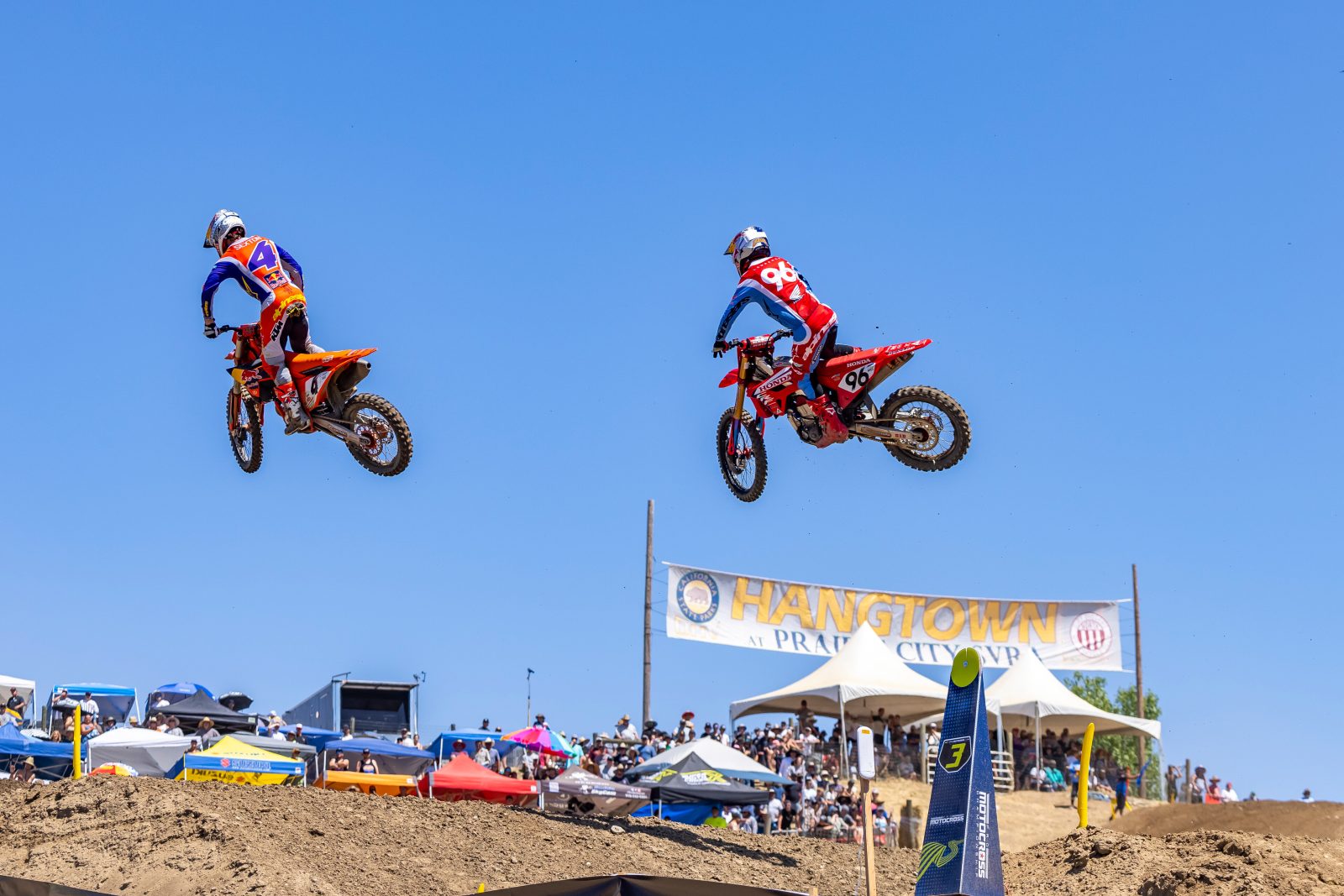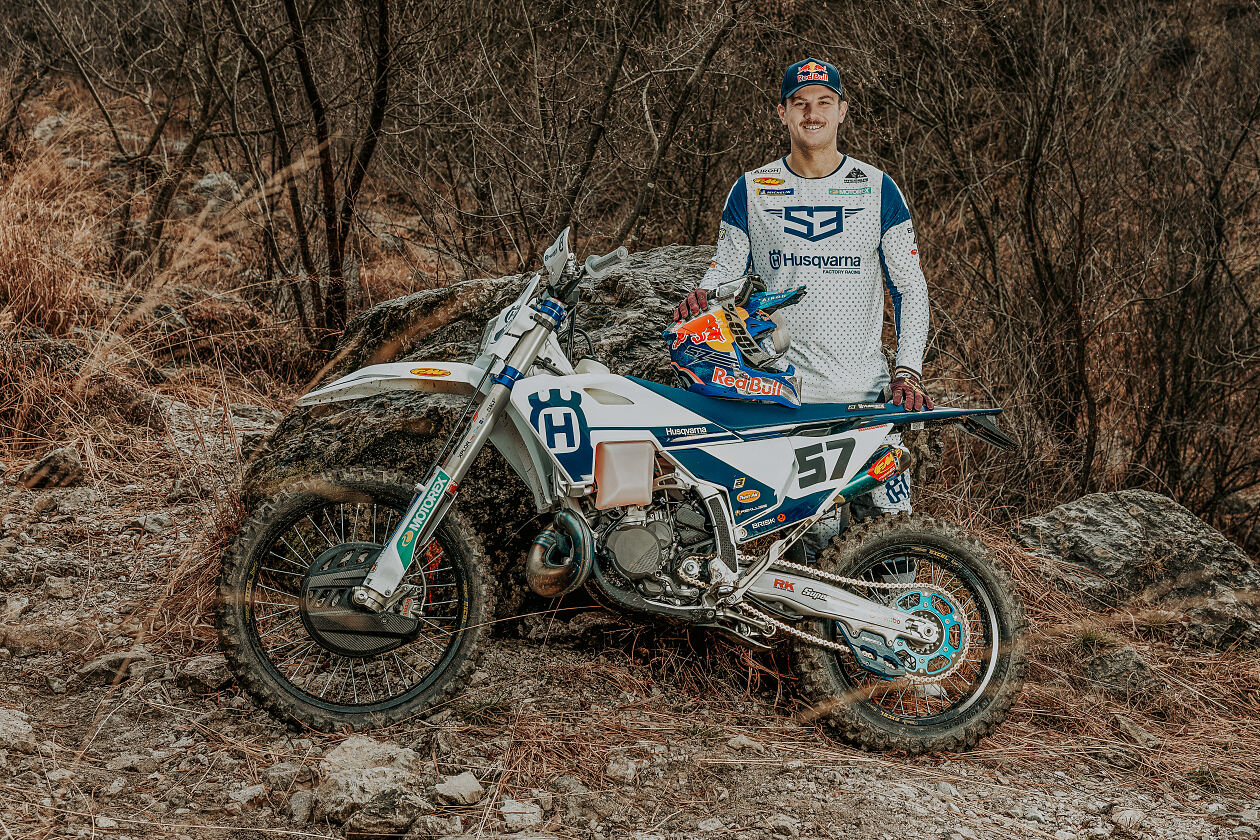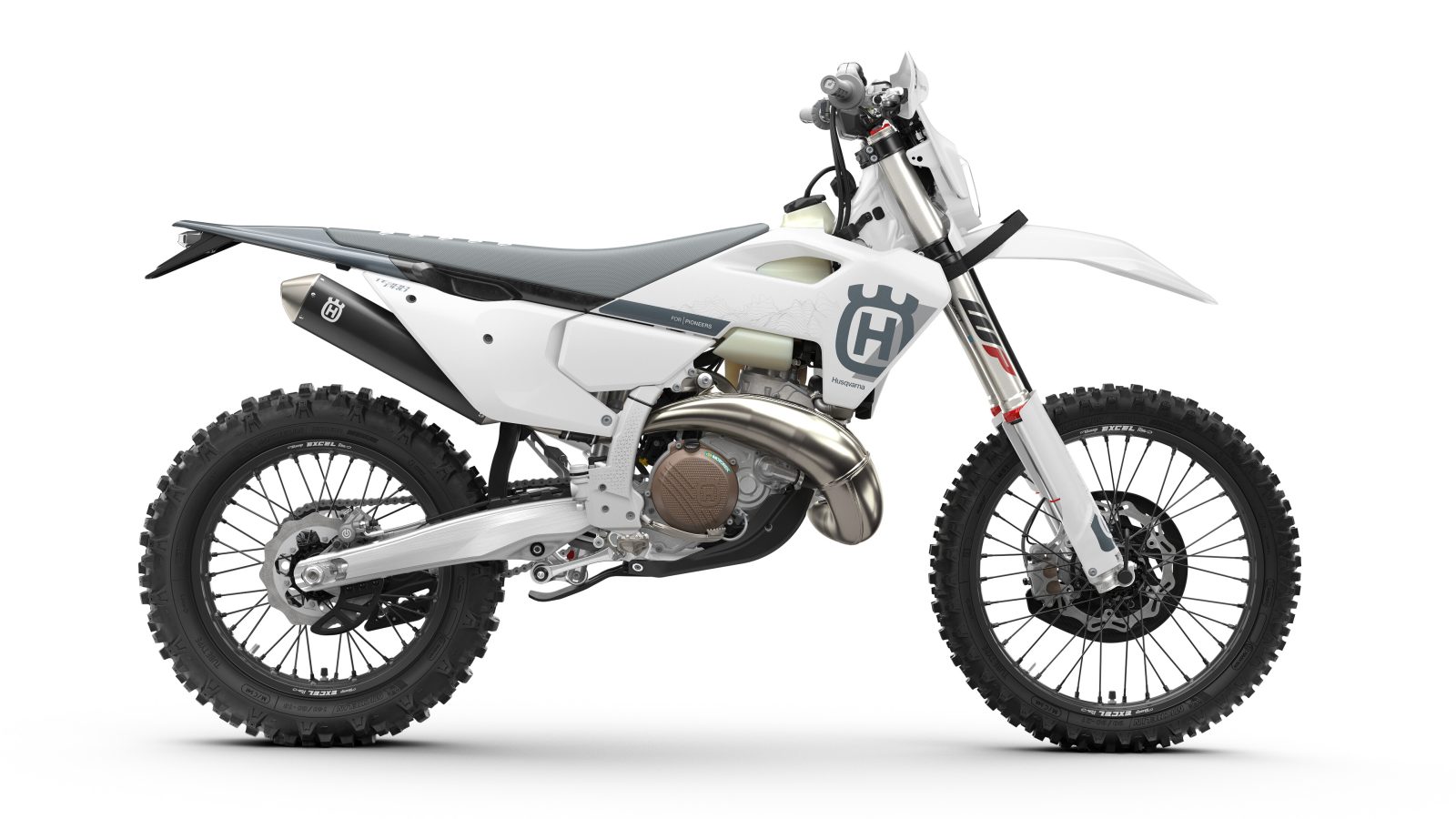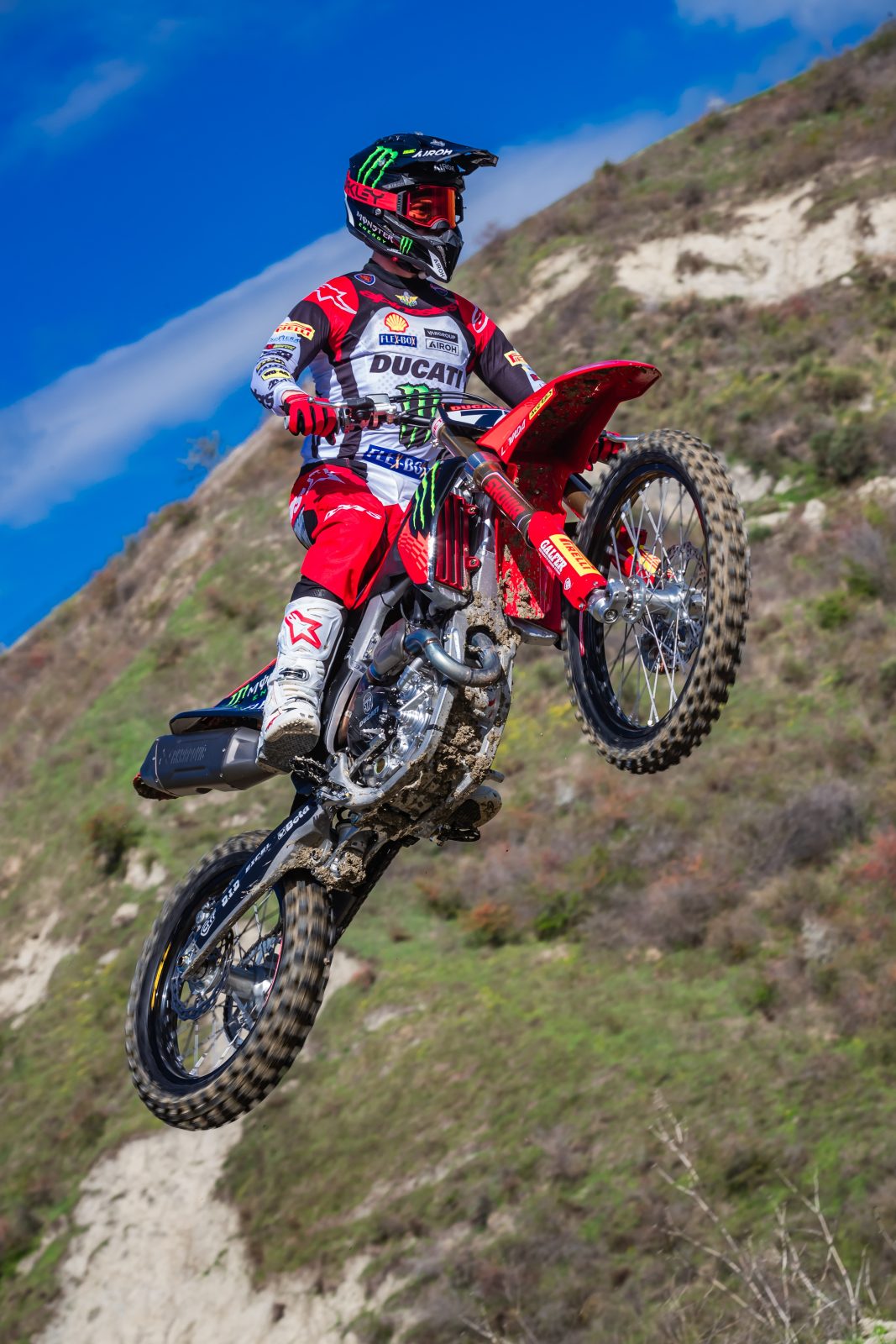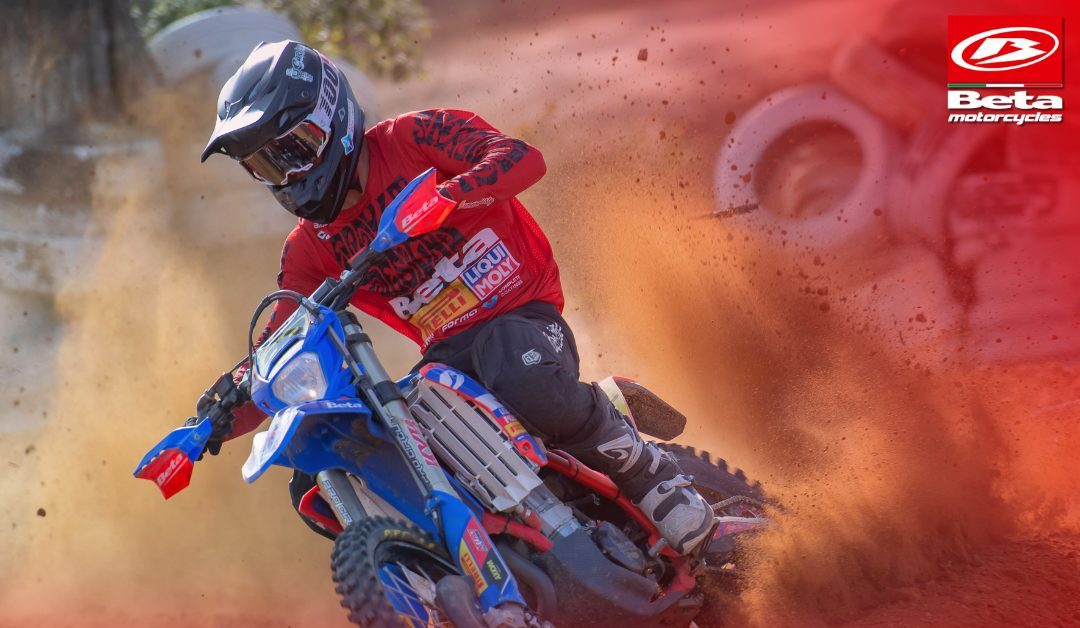With the introduction of e-mountain bikes, the world of mountain bike riding has changed forever and it is awesome! I love e-mountain bike riding, you can ride almost anywhere, further than on an analogue bike, at a faster pace for longer. Being heavier than a regular mountain bike, they are easily the closest thing to riding a dirt bike through the trees. That’s why they also make excellent training mules for your dirtbike skills, not just fitness.
WHY E-MOUNTAIN BIKE? TIPS AND TRAINING
This all started at the recent Yamaha YDX Moro launch we attended. Our fearless editor, Mitch who is quite handy on a dirtbike and has had some experience on a mountain bike, hopped on the e-mountain bike for the first time and he was hooked. He realised that you don’t have to be fit to enjoy e-mountain bike riding! So off he went, in turbo mode, bouncing and charging his way around the loop.
I caught him “bulldogging” his way around that course that Yamaha had laid out and it got us thinking, how many newly converted e-mountain bike riders out there actually have been taught a few fundamental things? How many riders use e-mountain bikes as a training exercise? Mitch has ridden dirtbikes his whole life but when it comes to mountain bike riding, he just hops on and rides it like a dirt bike, is that the way to do it? So, we decided to go out and discuss some of the basics to get him more comfortable and learn some proper techniques before the bad habits took over.
Part 1 of this e-mountain bike skills article is all about beginner skills. Riding on flat ground with no obstacles is easy and just about everyone can do it. Throw a single track at someone with trees, rocks, roots, drops and jumps and there is a whole host of things that can go pear shaped in an instant.
The biggest thing I see with new mountain bike riders is because it is so accessible, they buy the bike, ride a few times and then try to progress too quickly without mastering the basics. You wouldn’t ever start riding a dirtbike and then go straight onto a pro track or extreme section you’d build up to it. Mountain bike riding is much the same. Many new riders rush that learning process and there is a good chance you’ll get hurt if you come off so we’ve come up with a few easy tips to get you started in your e-mountain bike career.
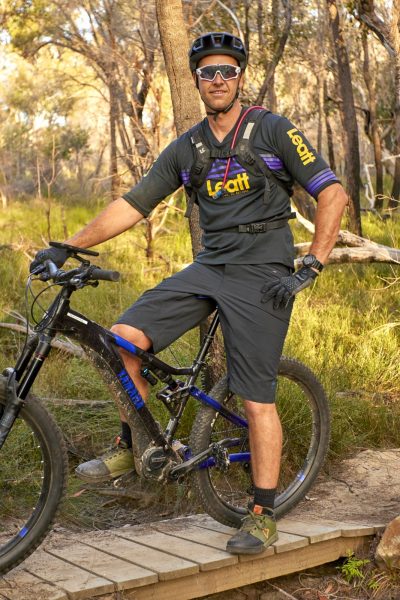
WHAT TO WEAR?
First and foremost, what protective gear should you wear on a mountain bike? No brainer, number 1 is a helmet! Full face or open face, it doesn’t matter, just wear a helmet! Some of the worst injuries I’ve had have been at slow speed on a mountain bike. Thanks to my helmets, I’ve never had any serious head injuries. Mitch liked the way the Leatt gear fitted so he went all out and just bought a full kit.

Next, buy yourself some decent mountain bike shoes! There are loads out there and if you want to be a crazy person, you can even get some clips and ride clipped in. I never have like being clipped in on a mountain bike, it just doesn’t feel safe to me.
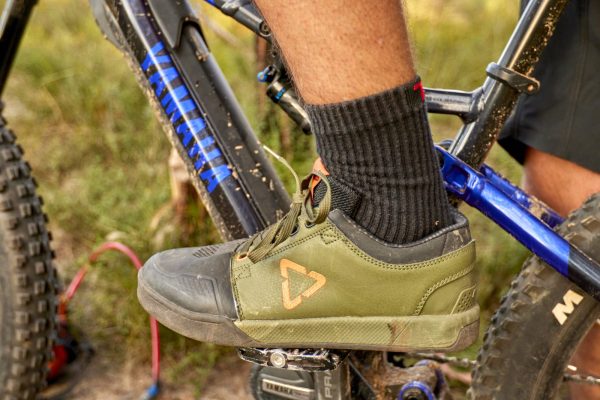
I also recommended a good set of riding pants with chamois in them to keep your arse from rubbing. Monkey butt on an mountain bike is something that will bring down even the toughest, so spend the money and buy some good pants. Gloves are a must too but I see a lot of people without them so each to their own.
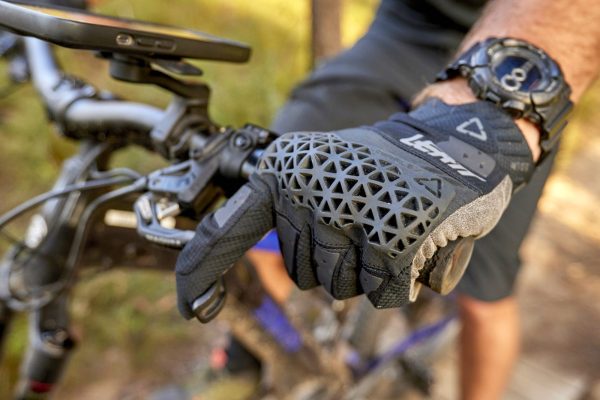
Goggles, glasses, knee pads, elbow pads, shin pads, riding short or pants and long sleeve shirts are all available too, it depends on how protected you want to be. People get complacent on a mountain bike because the speed is less but you can hit the ground damn hard on a bicycle so make sure you are protected.
BACK TO BASICS:
BODY POSITION
The first thing to tell a newbie once they get the hang of the bike is level pedals! Unlike a dirtbike where the pegs stay in the same spot, an e-mountain bike has pedals that obviously move when the bike is in motion. Almost every rider has had a pedal strike on a rock or log and been spat off as a result. So, whenever you can, especially when descending and rolling, keep your pedals level and out of harms way.
Despite the motor doing all the work, it’s extremely important that you use the gears just like an analogue bike. If you ride around in a high gear all day, it will damage the drivetrain and even worse, possibly cook the motor.
Similar to a dirtbike, your body weight plays a big factor as well. Whenever you are riding uphill, you want to be slightly over the front so the bike doesn’t loop out. When you are descending, shift your weight over the back so you avoid going over the bars. When you’re on flat ground, keep yourself nice and neutral over the bike.
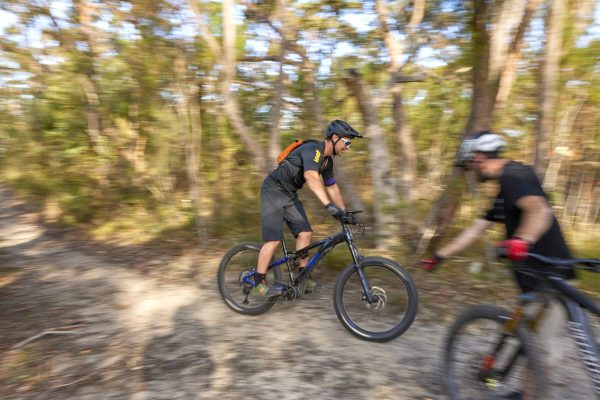
Another awesome feature on just about all mountain bikes is the dropper seat post. This allows you to lower the seat height on descent and keep it out of the way. You have the seat up when pedalling along and up hills and drop it down when riding down. It takes a bit to master when and where to use the dropper, but once you have it figured, you’ll never look back.
You need to be focused and holding strong on the bike to avoid the front-end twitching and yet be relaxed enough that you don’t ride rigid and get arm pump or sore hands. It’s quite amazing how sore your hands can get on an e-mountain bike if you grip too hard.
CORNERING
One thing that Mitch was doing on our first few laps was rushing the corners. He was coming in hot and then over braking and skidding into the corner and losing all his flow. Generally speaking, single tracks for e-mountain bike riding are much tighter and more than likely don’t have a rut or berm so you can’t crank into it. You have to ride in more of an upright position and rely on your tyres gripping the dirt. It’s very easy to tuck the front-end on an e-mountain bike if you push the front too hard.
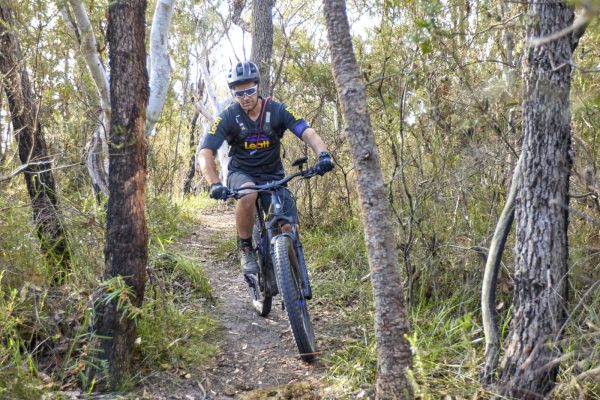
Setting up for a corner and really concentrating on your braking will help in a big way. If you have smooth braking and create a nice arc through the corner, the e-mountain bike will respond better to your pedal strokes and your suspension will work better also. I highly recommend having one finger on the rear brake and dragging it slightly through some corners, especially uphill on an e-mountain bike so you can keep the motor in sync with the pedal strokes. It’s not easy as e-mountain bikes are so good, but once you learn to not lock up the brakes, the ride becomes more flowing and your pace will pick up.
LOOKING AHEAD
Another tricky part about riding e-mountain bike single track is reading what is in front of you. As I mentioned in the cornering section, the tighter tracks require a little more awareness of what is in front so looking ahead and picking lines is a must. Looking ahead and making sure that the lines you have chosen are the safest and cleanest way through a section is a skill that needs to be learnt. Level pedals over obstacles is a great technique to learn as well.
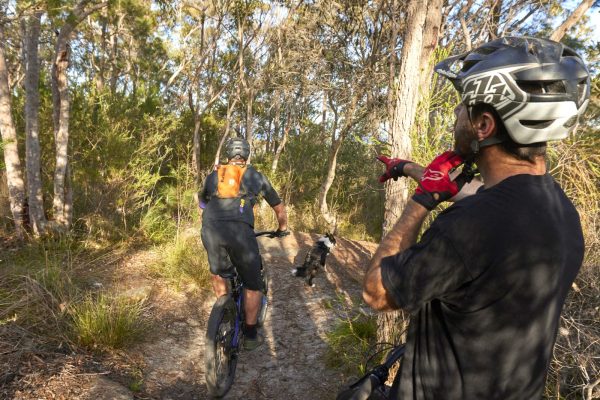
A lot of moto riders will rev up their bike before an obstacle like a log or rock ledge and it kind of translates into e-mountain bike riding. On a mountain bike, you can’t stop pedalling because if you do, you will stop, plain and simple. So, look up, look ahead, pick your line and be aware of where your pedals are at. Build momentum before the obstacle so you can either be level pedalled over it or have enough speed to roll over it with both pedals at the same height.
The Wrap Up to Part 1
Obviously, these are just some of the l tips and tricks to getting yourself in tune with your e-mountain bike and improving your ability. If you can focus on the smaller, fundamental techniques and movements before you start trying to hit jumps and drops, you’ll be a much safer rider and be more ready for that next stage of riding. Don’t rush it, there are plenty of trails out there that you can get your gnarly fix or your airtime fix, or both but there is no point trying that stuff if you can’t ride out of it. Be safe out there, enjoy the ride and if you have never ridden ane-mountain bike make sure you have the money to buy one before you ride one because they are so damn fun 100% of the time.
For the full feature check out issue #533 of ADB.
WORDS GEOFF BRAICO ||PHOTOS MITCH LEES
